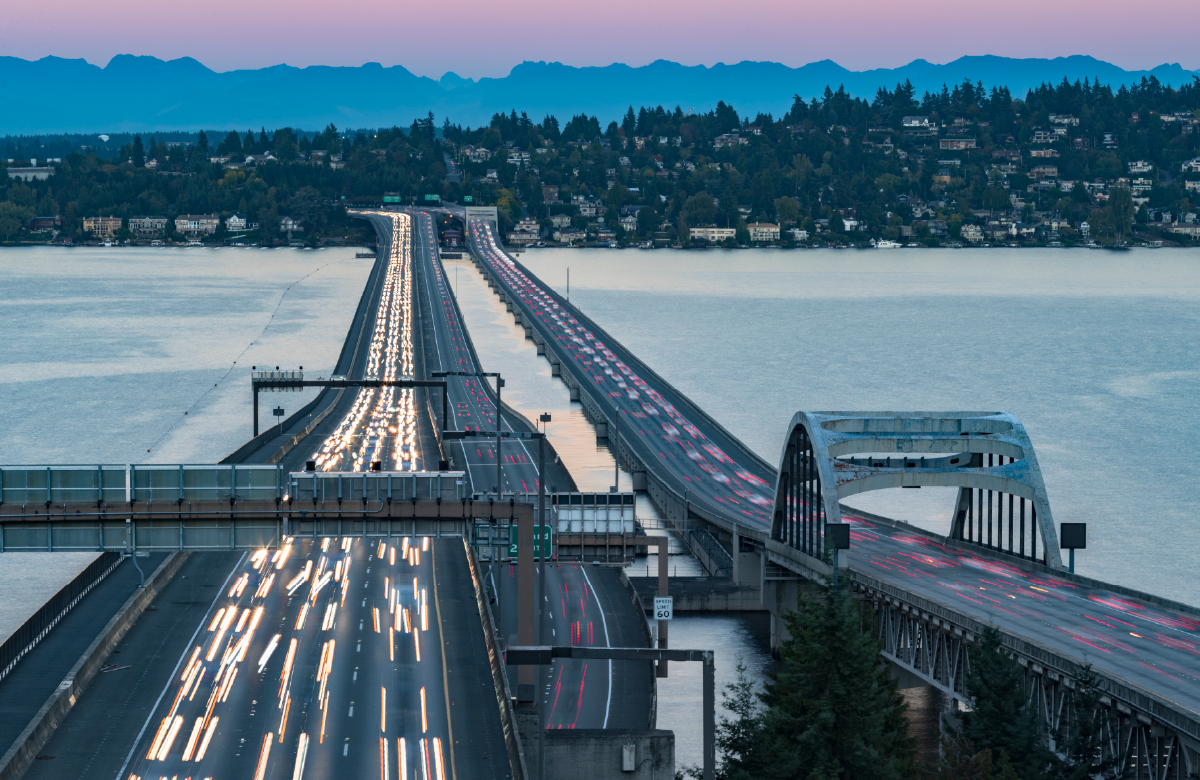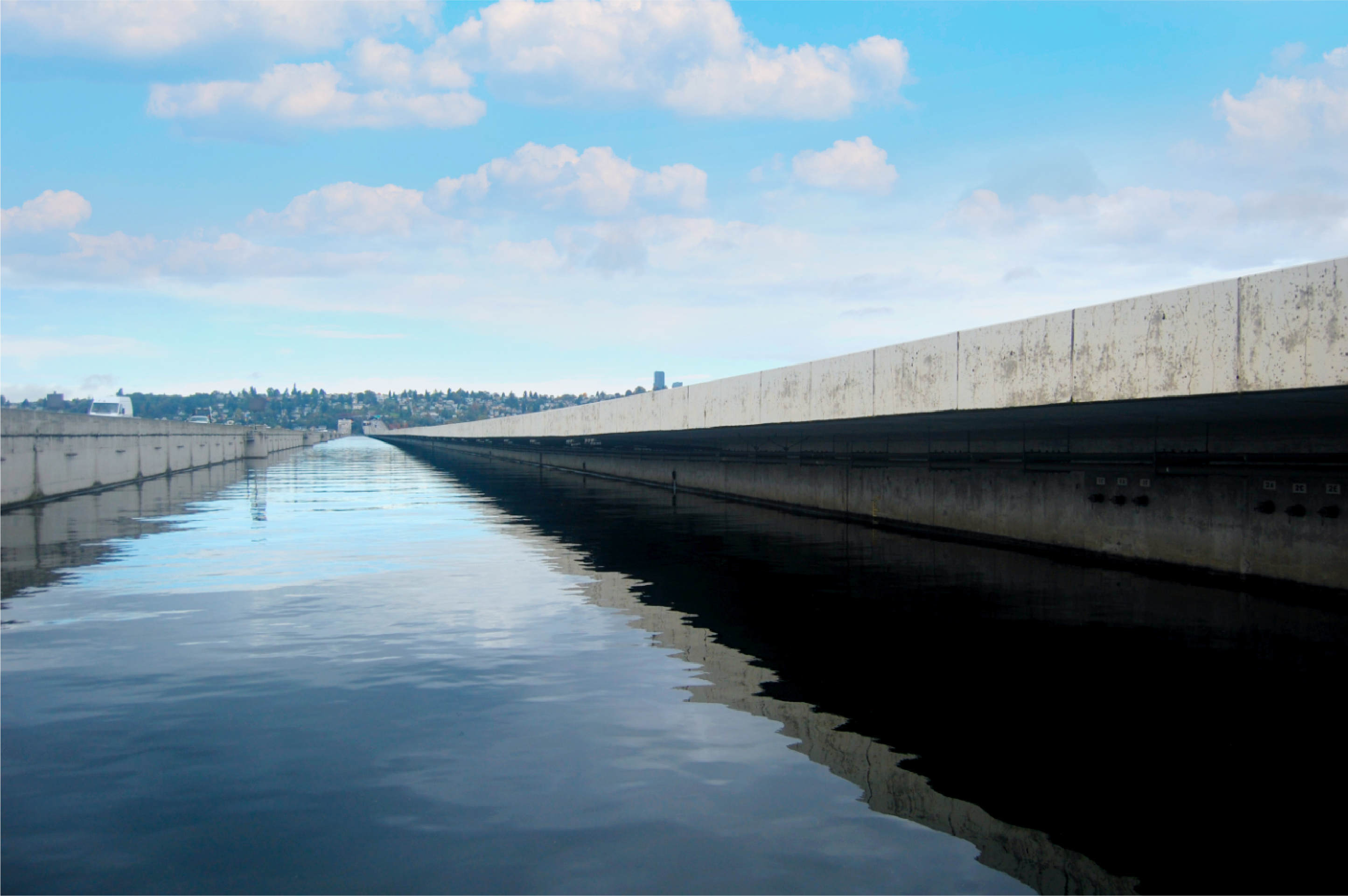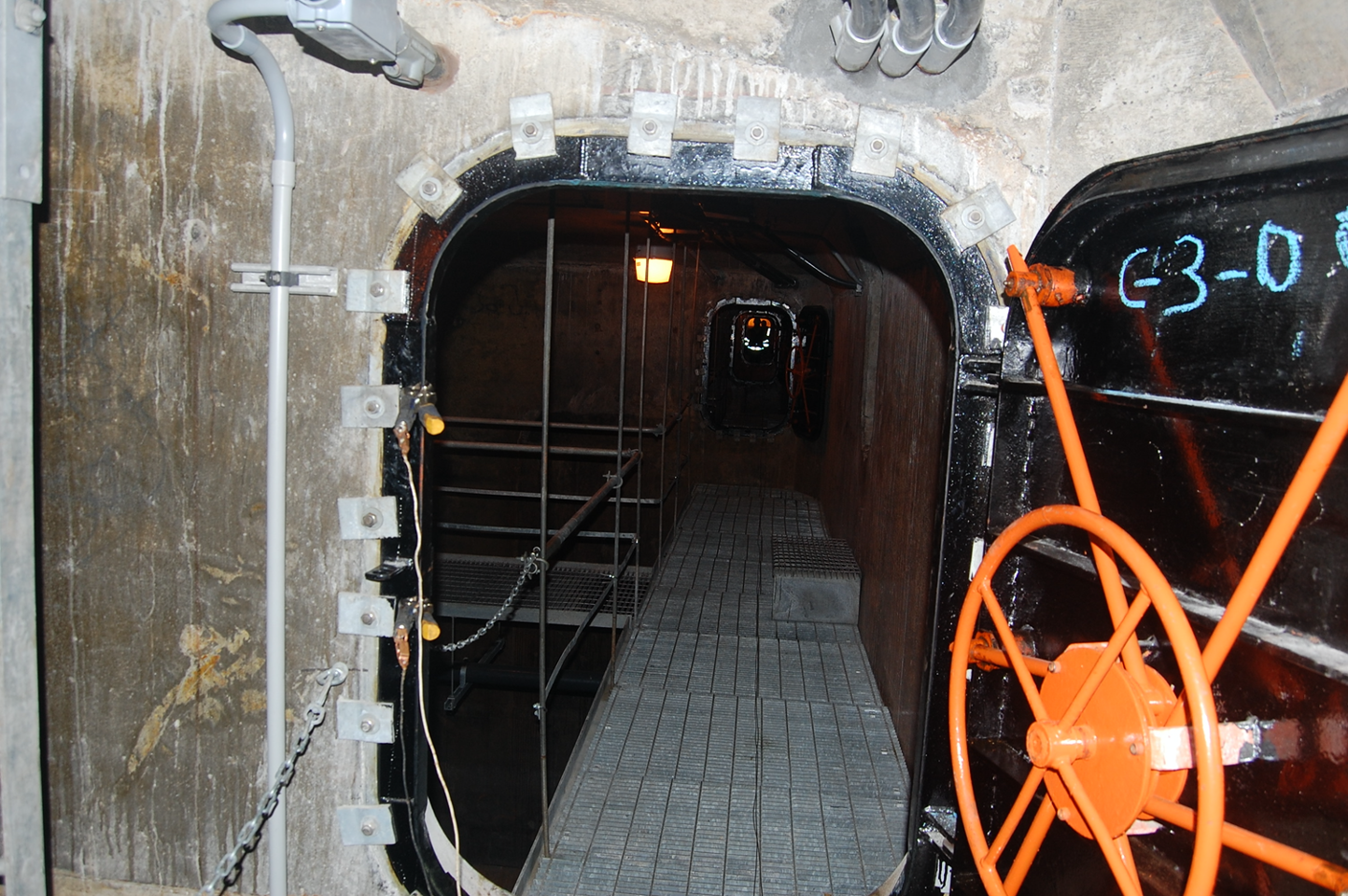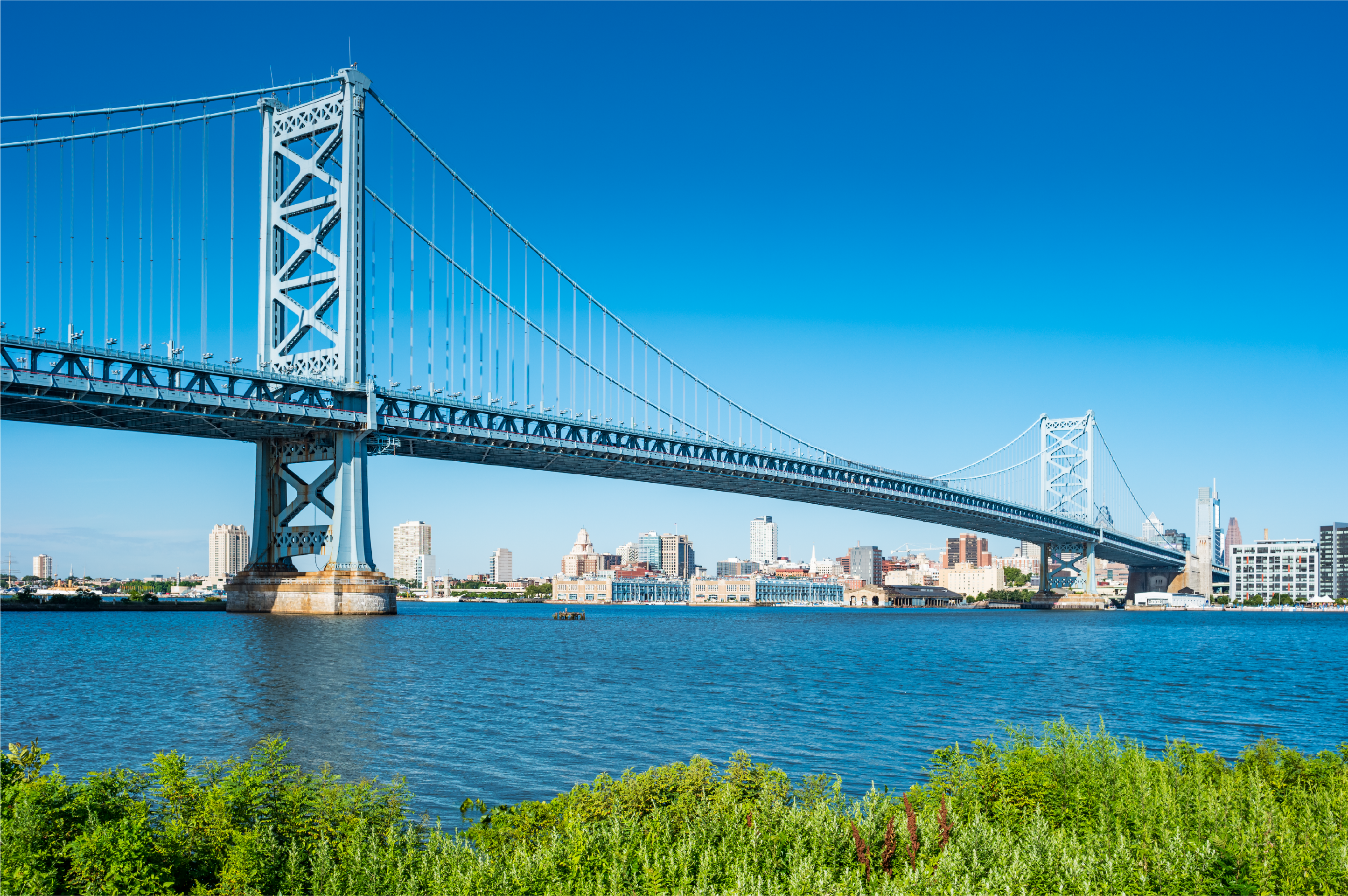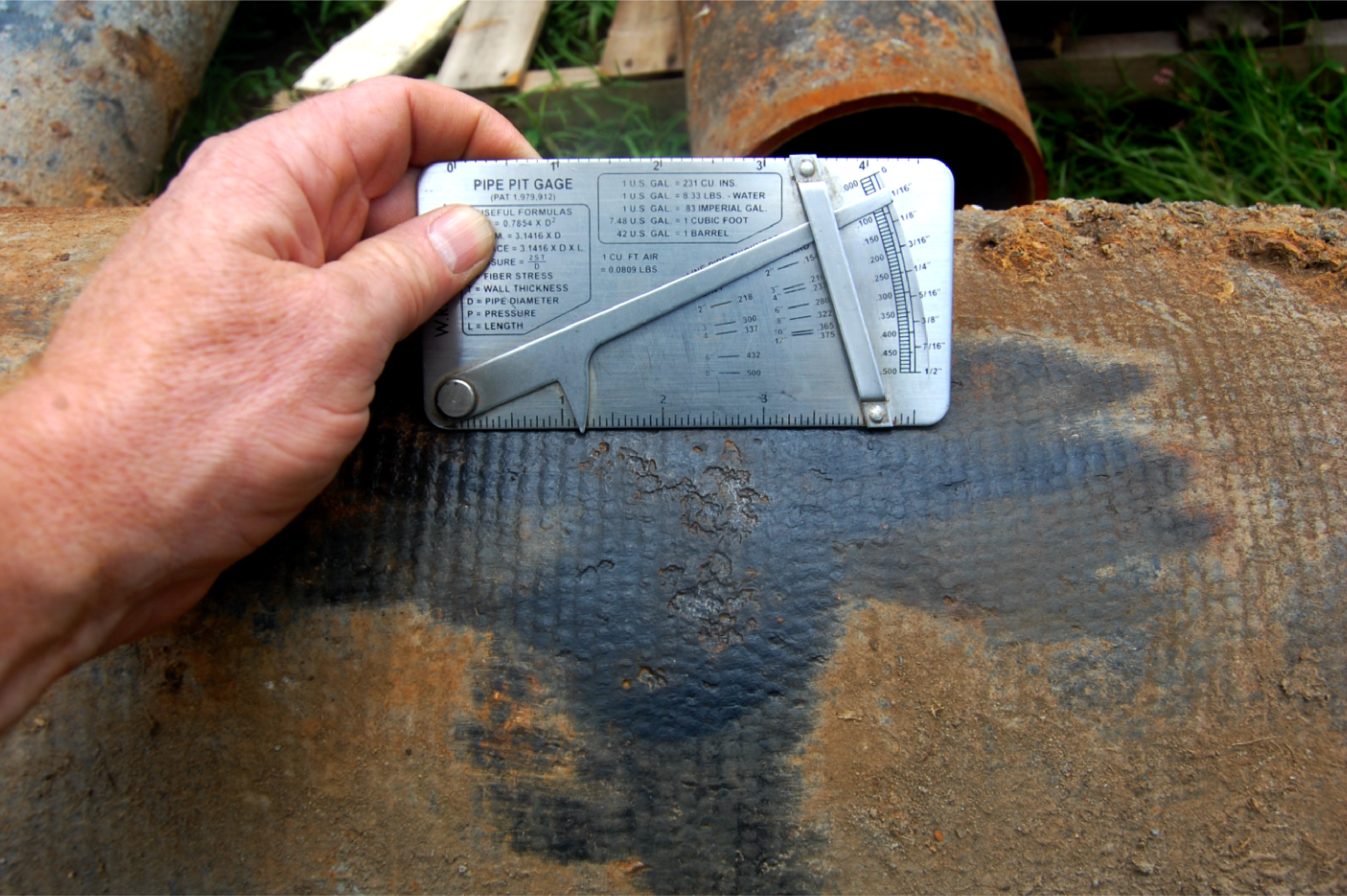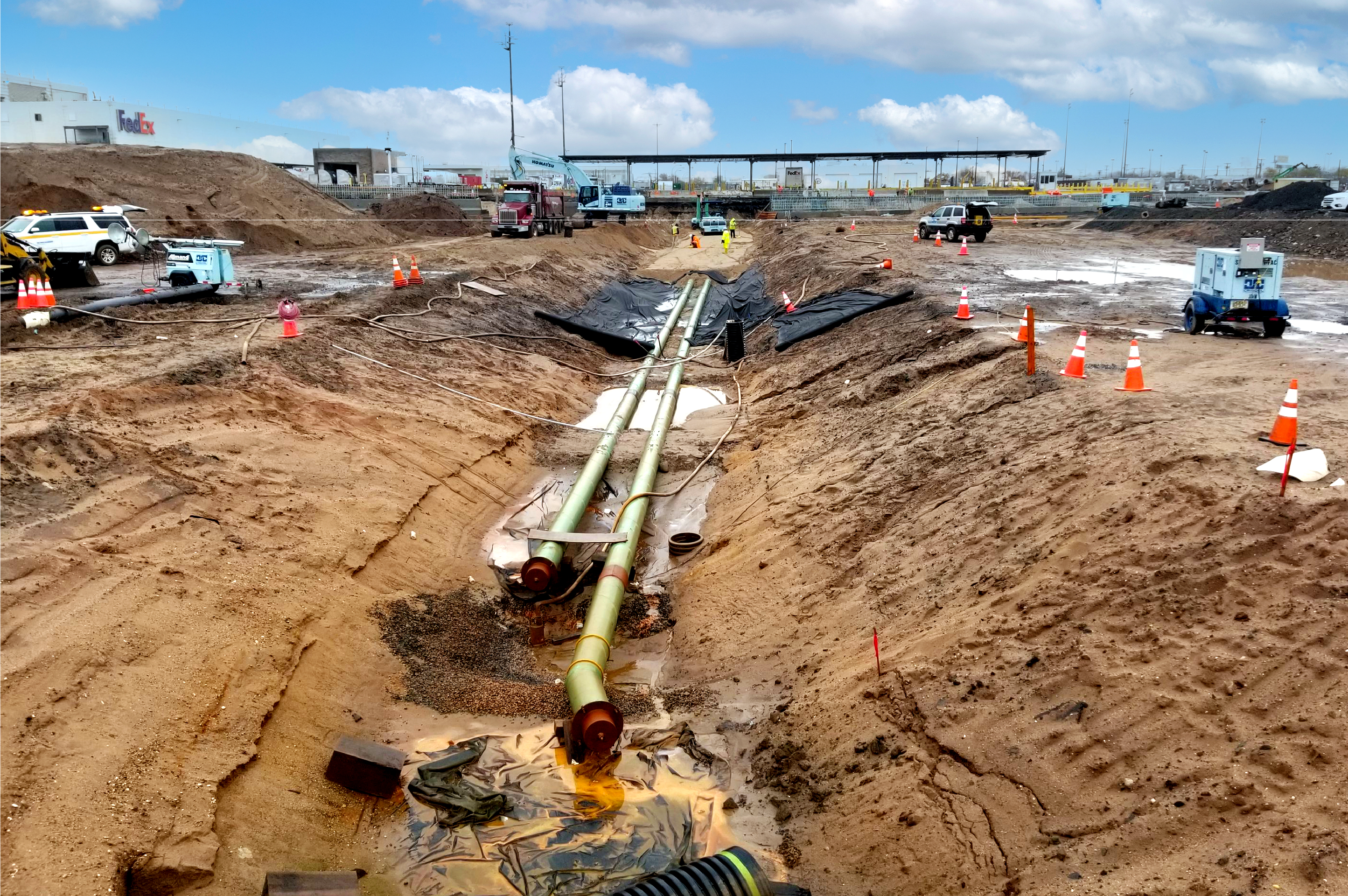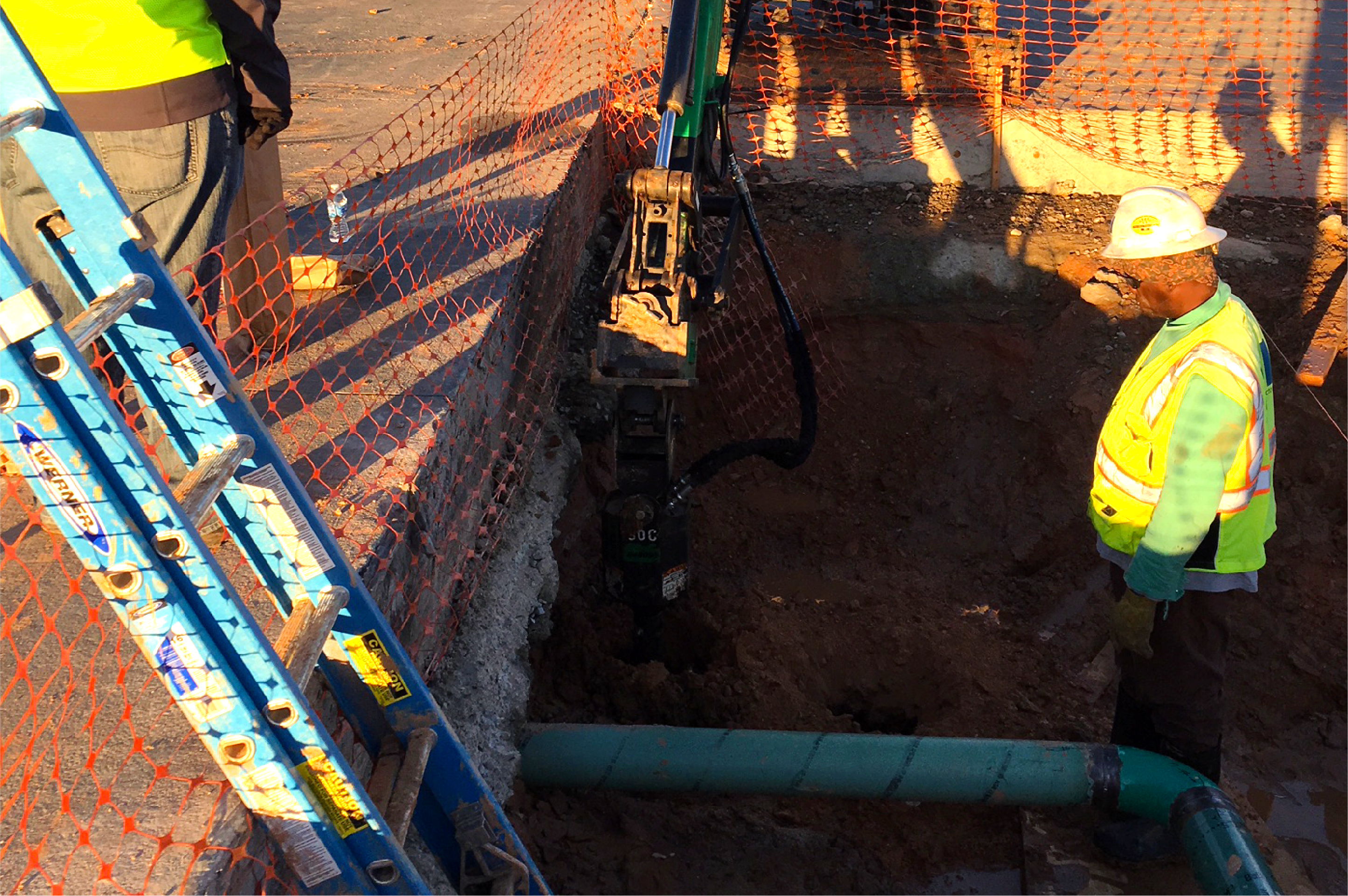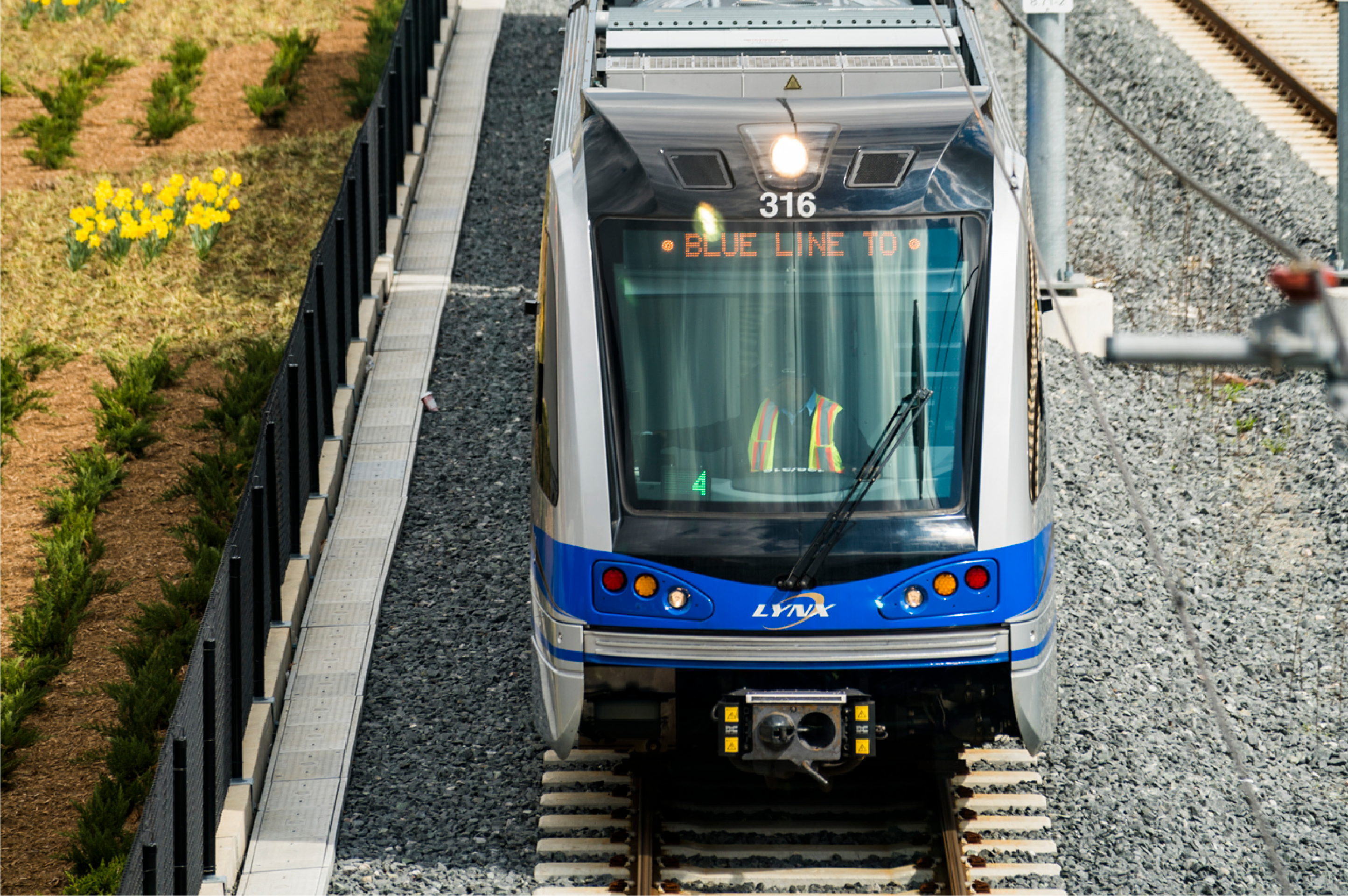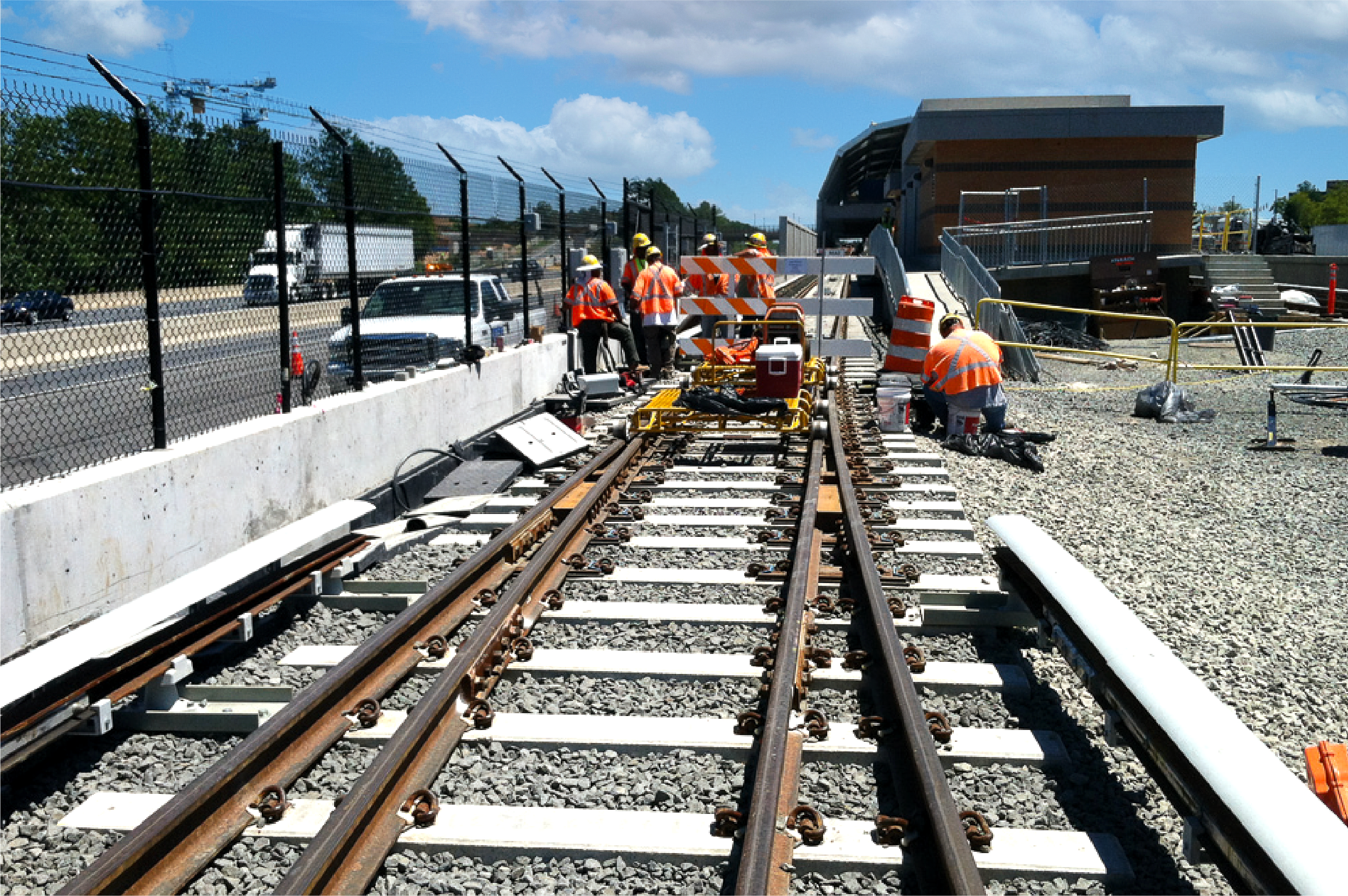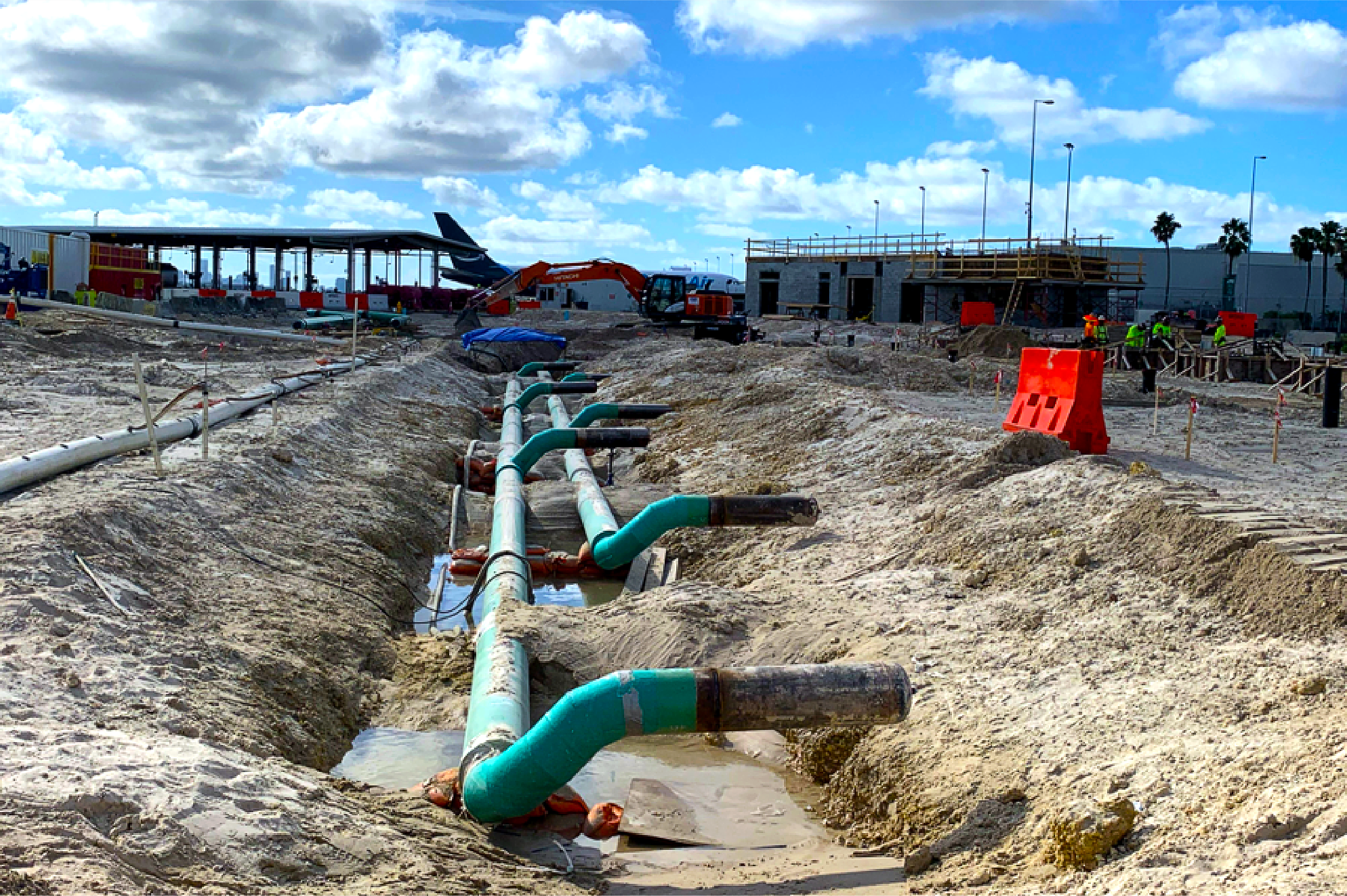Corrosion control design project for the 6,620-foot-long Lacey V. Murrow and 5,811-foot-long Homer Hadley parallel floating bridges in Seattle, Washington, consisted of the addition of a light rail transit system to the floating bridges. UTRS assessed the existing ineffective cathodic protection system.
UTRS addressed the effects of current gradients on fish migration patterns and 31 types of algae on reference cell monitoring systems, as well as plinth insulation methods and testing, to ensure that current from the track does not discharge off the bottom of the pontoons; a stray current collector system to shunt current off the bridge; and providing current to the pontoon bottoms to offset any possible discharge. UTRS designed, set up, and monitored a proof-of-concept test rig to verify proper current distribution and polarization levels. The design includes cathodic protection, materials, retrofitting, a supervisory control and data acquisition (SCADA) system, remote monitoring systems, the effect of fresh water on systems and structures, power upgrades, and environmental concerns. The two bridges combined require 158 rectifiers, all of which are monitored and alarmed through a SCADA system.
The design also included stray current mitigation and monitoring of a light rail transit addition on the Homer M. Hadley bridge. The design includes monitoring and alarms through a SCADA system.
This project is featured in the “Seattle Super Bridge” episode of “Impossible Engineering” on The Science Channel.

